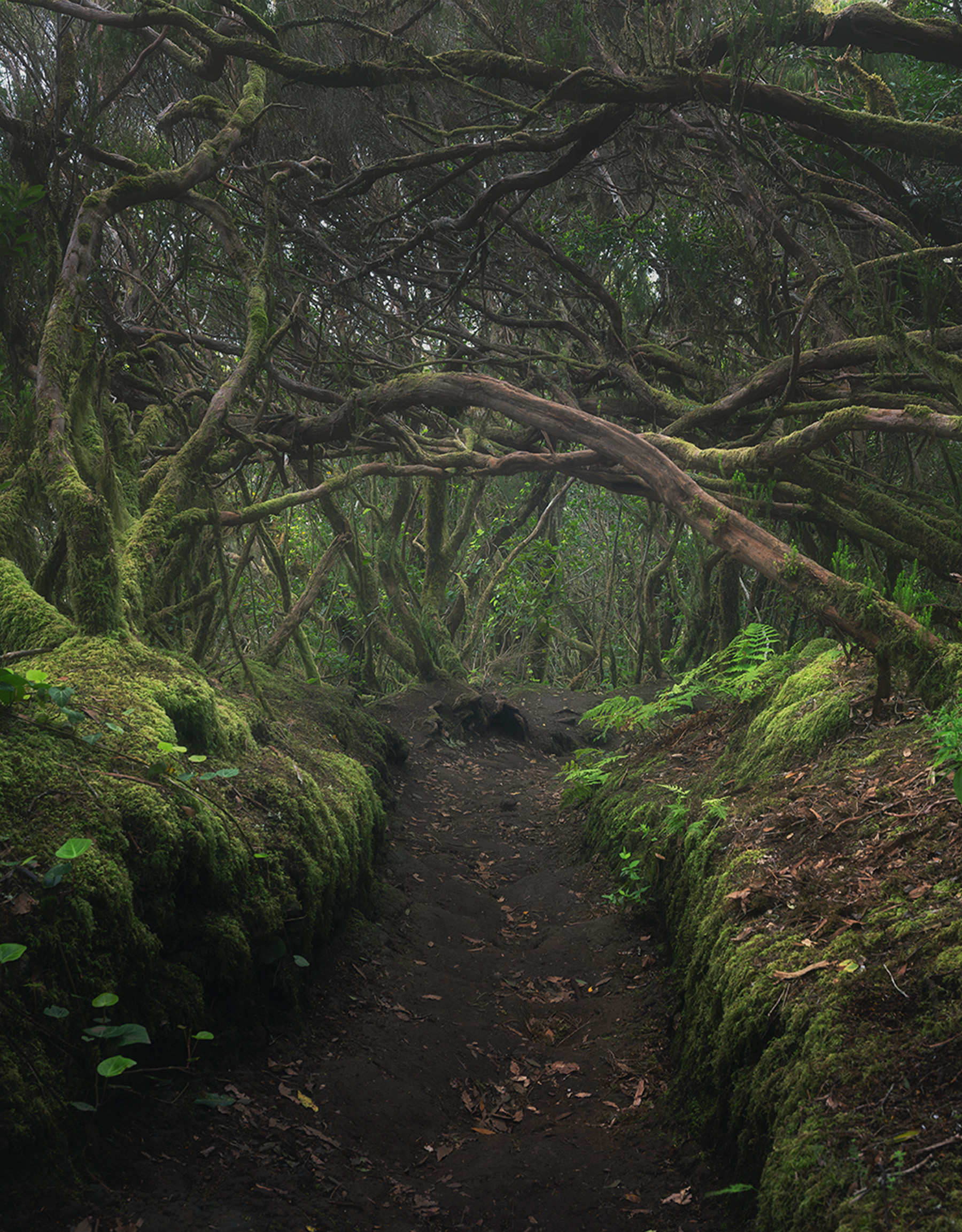Nowadays, the possibilities of digital post-processing are becoming increasingly sophisticated, and the dynamic range of most camera models allows for more flexibility than ever before. Some filter effects that were once almost indispensable—such as those created by graduated ND filters—can now be replicated more easily through digital means. However, there are still filters in landscape photography that are difficult or impossible to replace digitally, such as polarizing filters, also known as CPLs. For me, the NiSi Landscape NC CPL (Circular Polarizer) has been a staple in my filter kit for many years. In this article, I’d like to give you an insight into working with the Landscape CPL, using some sample images taken recently during a photography trip to Tenerife.
The System – Integration into the V6
I’ve been using the NiSi V6 filter system for years. It consists of an adapter ring mounted on the lens and the V6 filter holder, which can hold drop-in filters such as ND and graduated filters. The round polarizing filter fits between the adapter ring and the filter holder and can be integrated into the adapter ring, allowing it to be used even without the V6 holder. Although NiSi now also offers JetMag magnetic filters, I still find the V6 system to be reliable and effective. One feature I particularly appreciate is the ability to rotate the CPL using two small screws on the outside of the adapter ring. This lets you precisely control the effect and apply it where desired in the image. Why Use a Polarizing Filter? Naturally, the question arises: what makes polarizing filters so special, and when are they useful? They can remove reflections from non-metallic surfaces (such as water on rocks or leaves) and make colors appear more vibrant. This is especially helpful for enhancing the saturation of foliage or giving the sky more depth and color. Ideal situations for using a polarizing filter include forest photography—where it helps bring out rich green tones—shooting waterfalls to reduce glare and reflections on wet surfaces, and general daytime photography to create more vivid colors. Just keep in mind that a CPL typically reduces the exposure by about 1–2 stops, so using a tripod is recommended—especially during twilight hours—to compensate for the longer shutter speeds.
Example 1: In the Forest
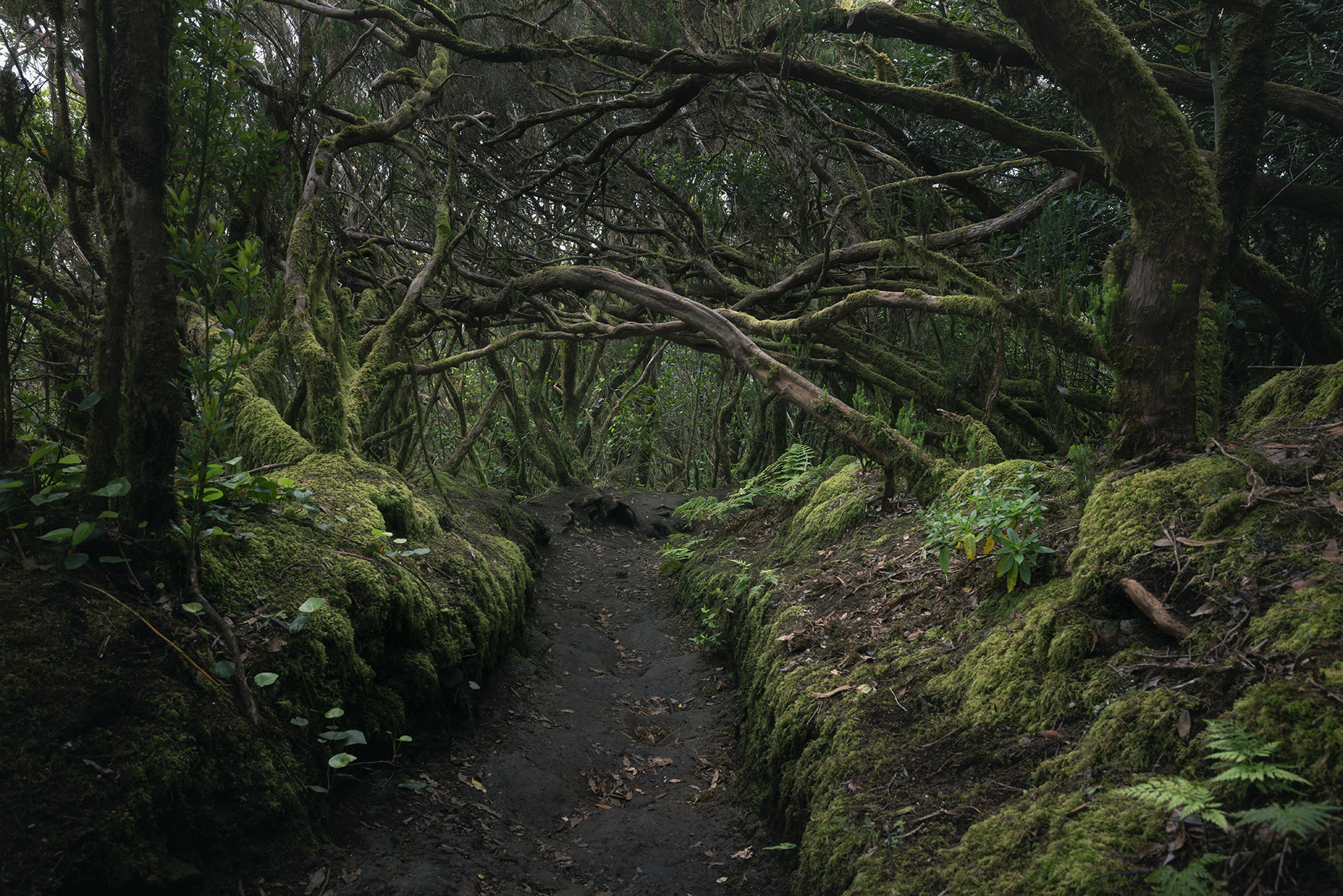
Without CPL. Exif: Canon R5 + Canon RF 15-35 f/2.8, 27 mm, ISO 1000, f/9, 1/80 sec
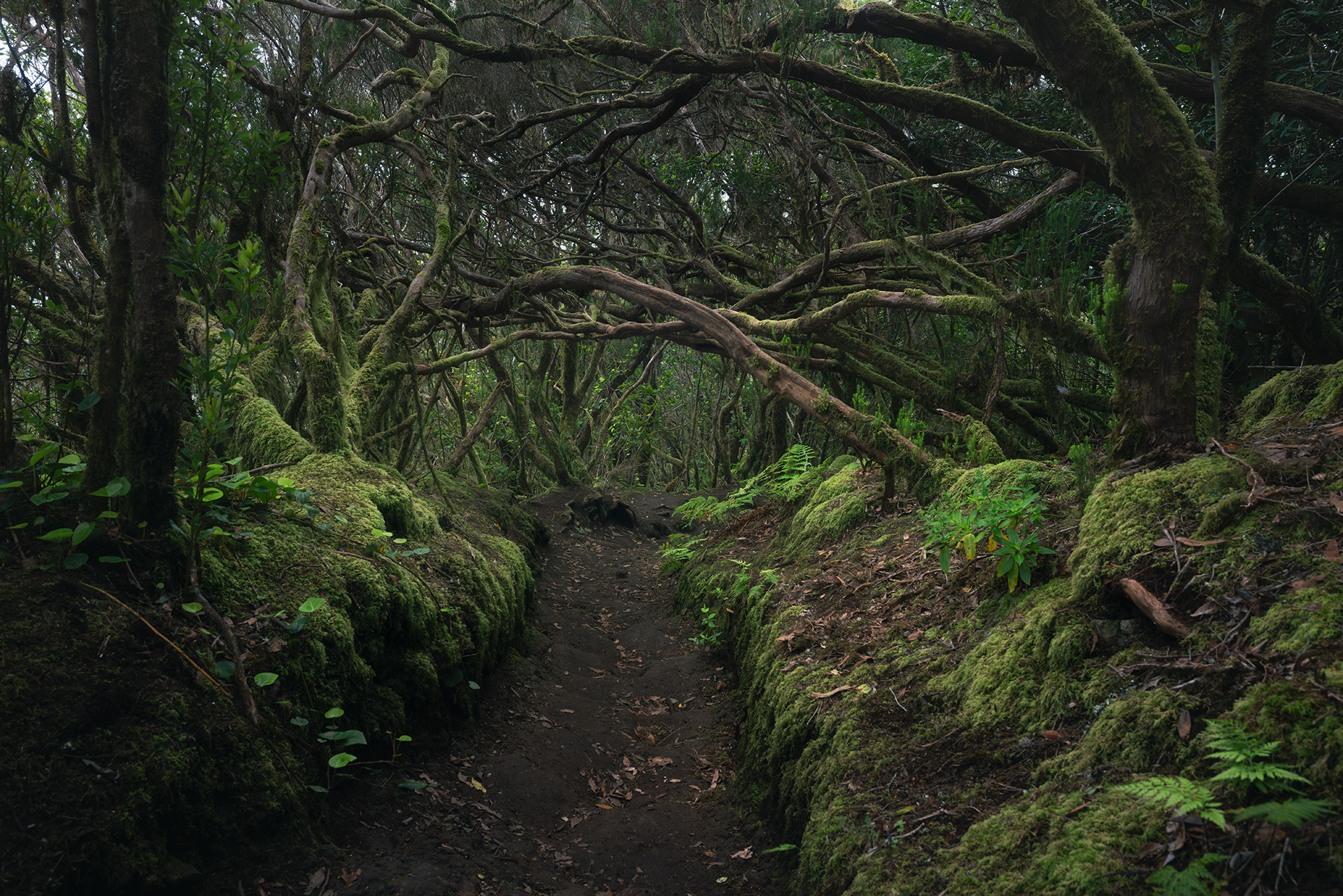
With CPL. Exif: Canon R5 + Canon RF 15-35 f/2.8, 27 mm, ISO 1000, f/9, 1/30 sec
Here, the green tones of the vegetation—especially in the ferns—gain noticeably more saturation and vibrancy. Additionally, reflections on wet leaf surfaces are effectively reduced (clearly visible in the lower left of the image). The reflection on the forest path is also eliminated.

Final result after processing in Adobe Camera Raw and Adobe Photoshop
Example 2: Daylight in the Early Morning
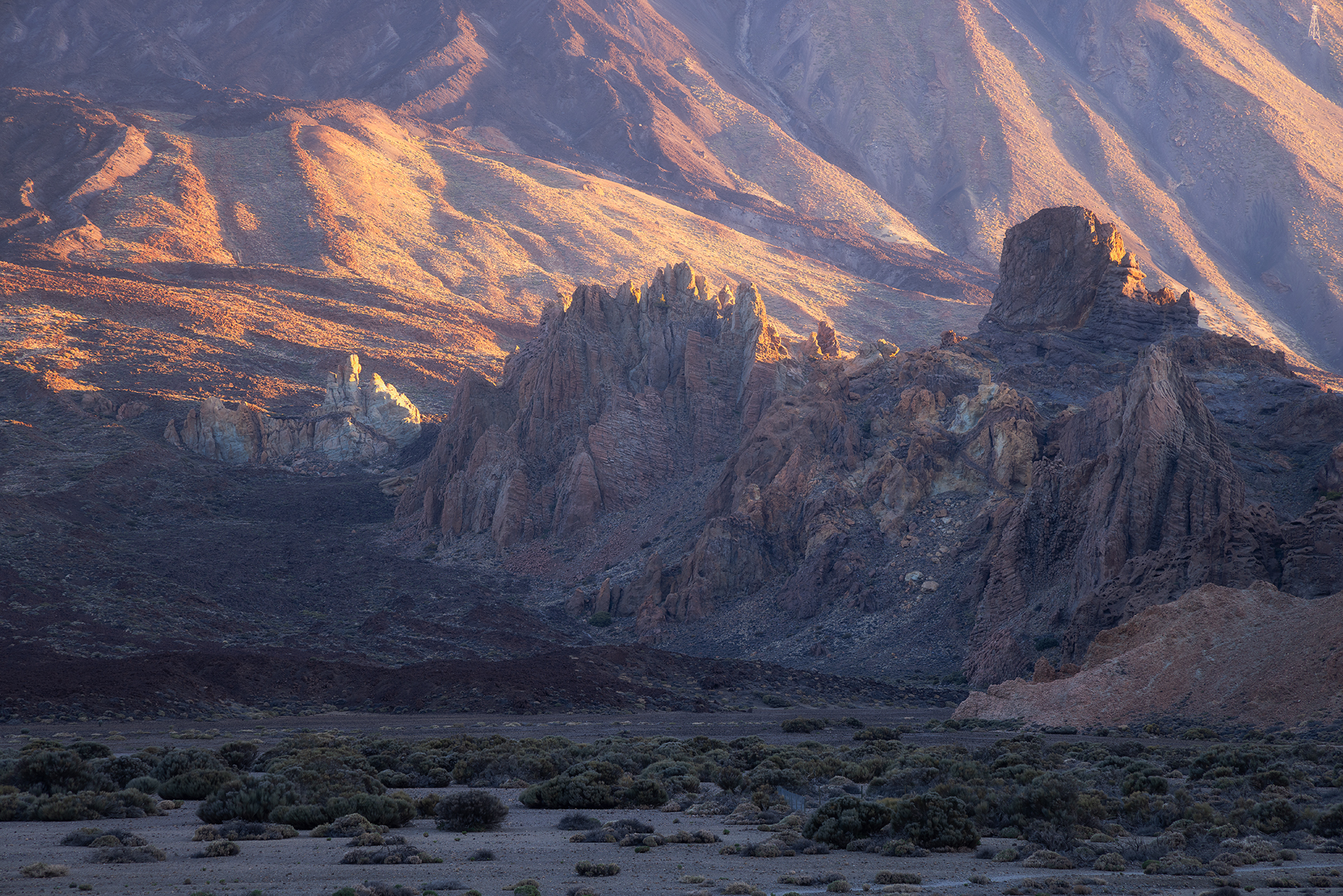
Without CPL. Exif: Canon R5 + Canon RF 24-105 f/4, 105 mm, ISO 100, f/8, 1/10 sec
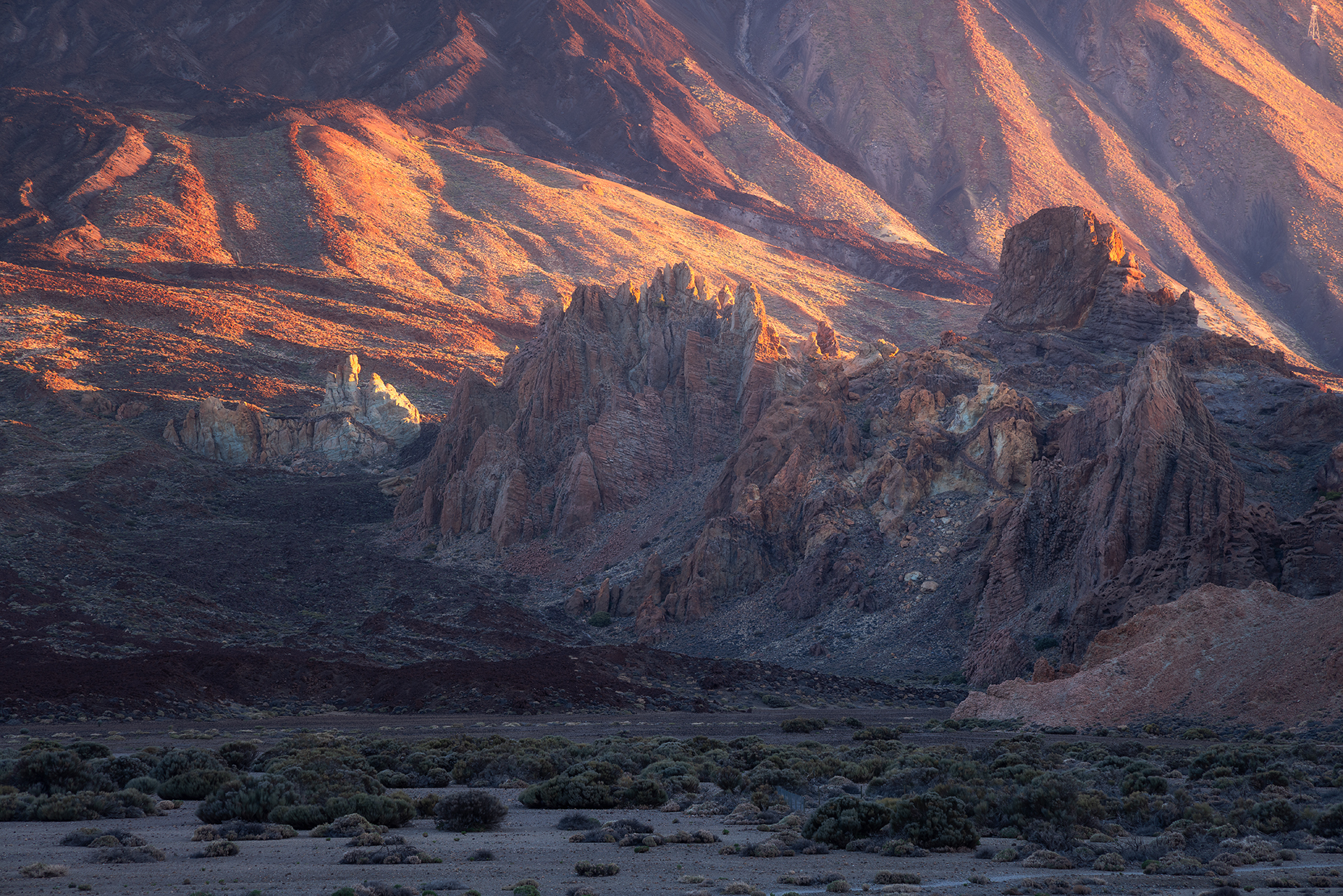
With CPL. Exif: Canon R5 + Canon RF 24-105 f/4, 105 mm, ISO 100, f/8, 1/3 sec
The reduction of slight haze in the background and the noticeably richer colors of the landscape are clearly visible.
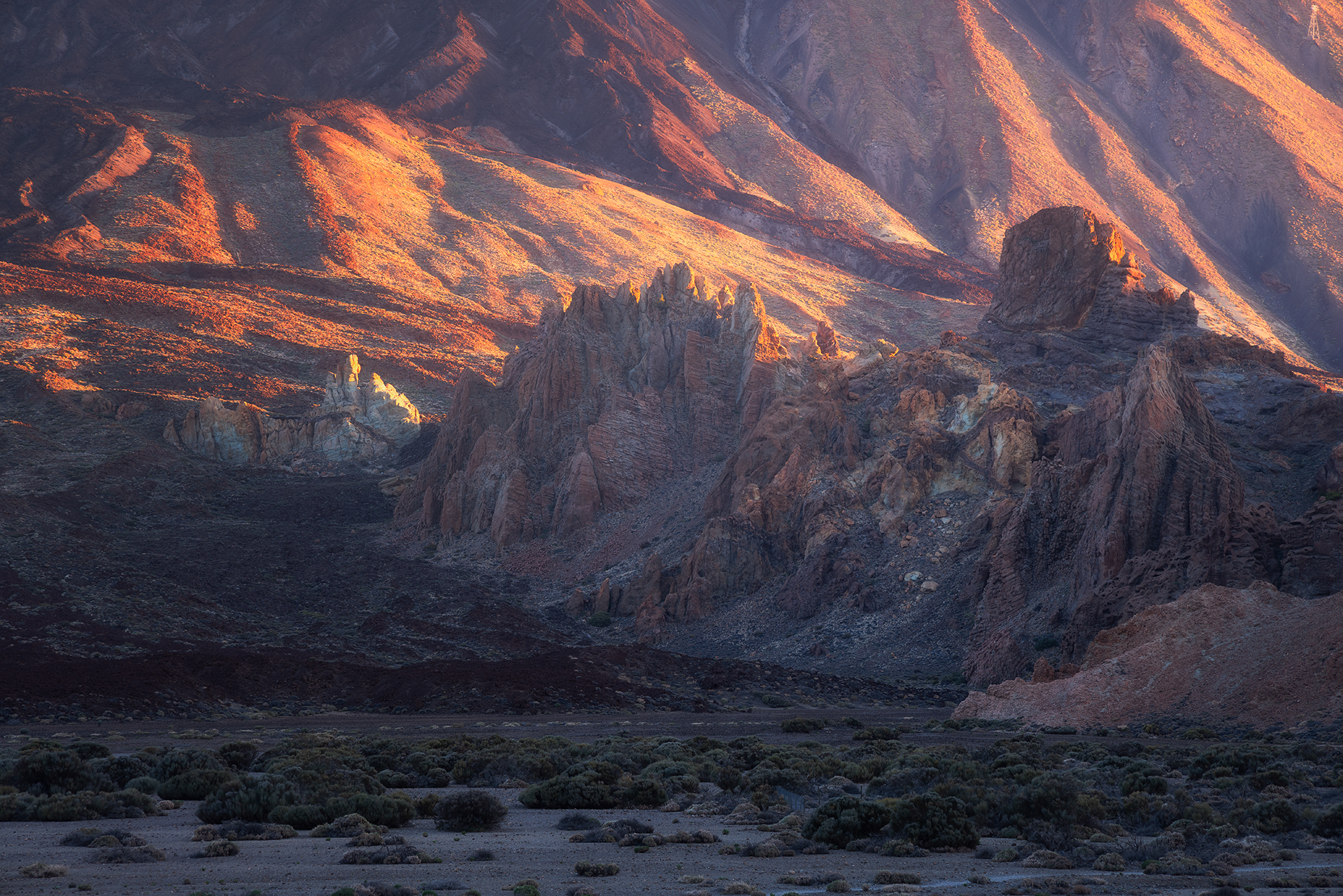
Endergebnis nach der Bearbeitung in Adobe Camera Raw und Adobe Photoshop
Beispiel 3: Dämmerung vor Sonnenaufgang
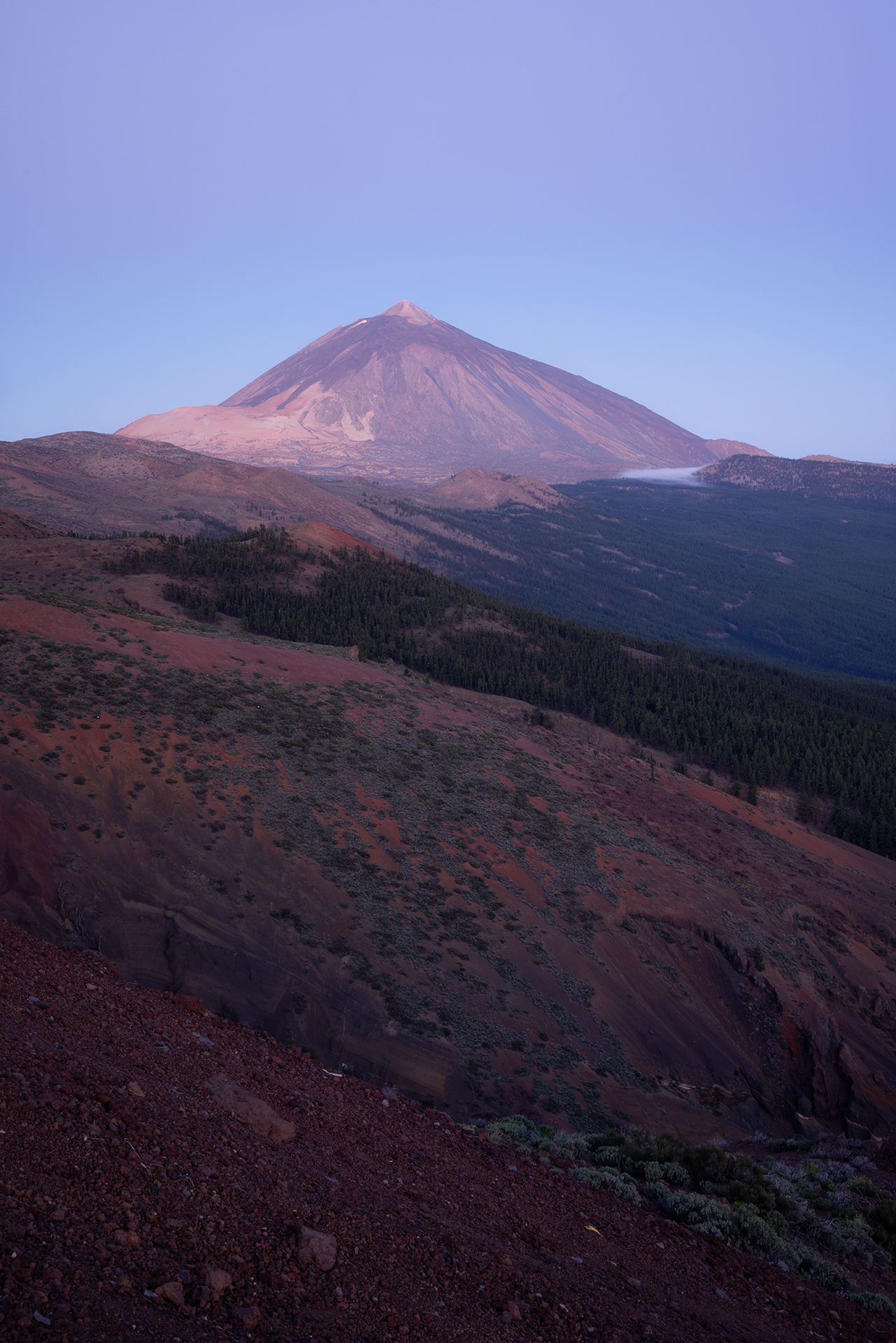
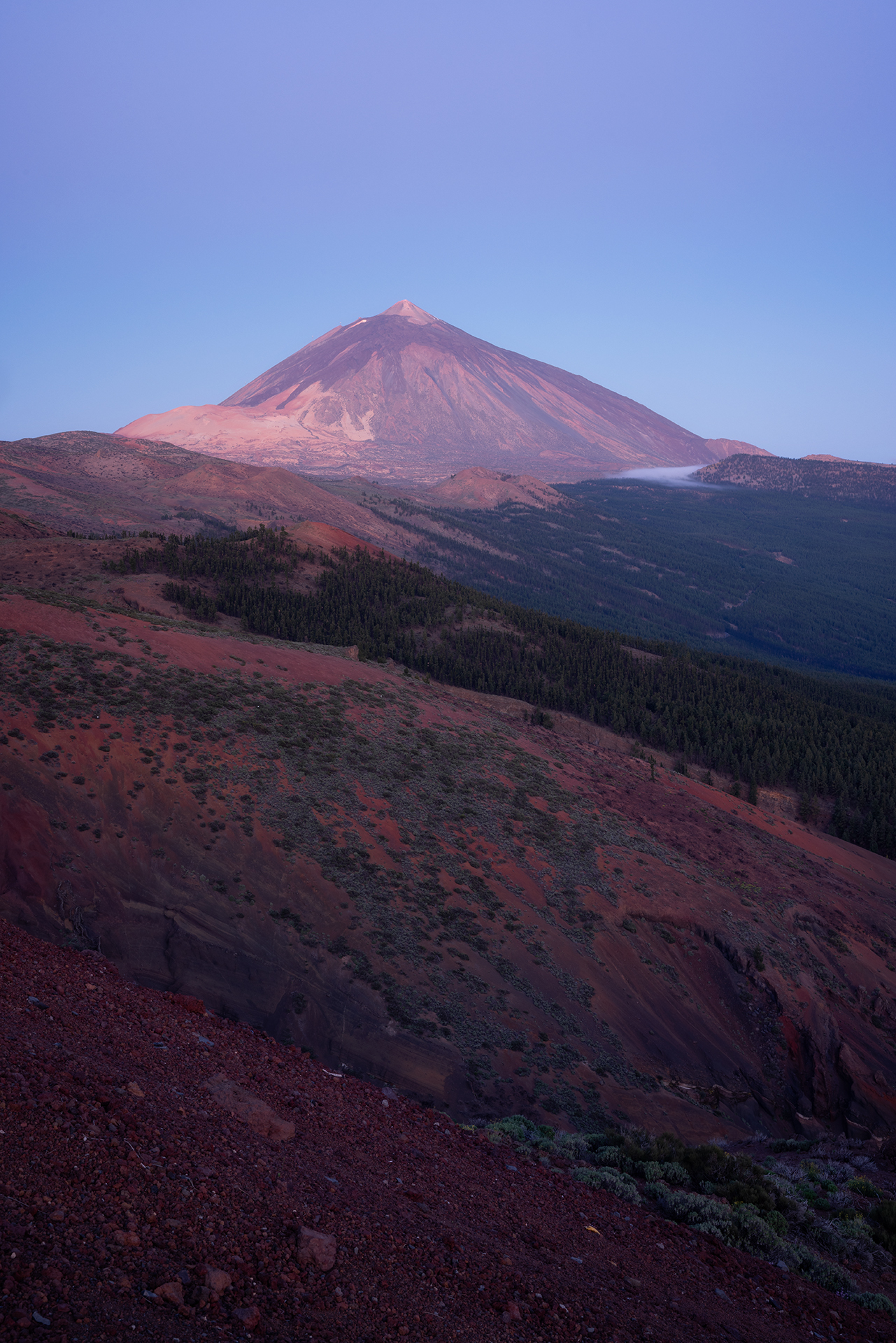
Without CPL
Exif: Canon R5 + Canon RF 24-105 f/4 @50mm, ISO 100, f/16, 5sec
With CPL
Exif: Canon R5 + Canon RF 24-105 f/4 @50mm, ISO 100, f/16, 15sec
In this example, it’s again clearly visible how the CPL influences the colors, enhancing the red tones in the foreground as well as the blue/purple hues in the sky. This gives the shot more vibrancy.
Despite all the benefits that a polarizing filter brings, there are also situations where you should not use a CPL. For example, when photographing rainbows. A rainbow is partly created by reflection, when sunlight is refracted, reflected, and refracted again by water droplets. It is through this reflection that the rainbow colors are formed. By using a polarizer, much of this reflection is removed.
One scenario where a polarizer can be used disadvantageously is when a reflection or water surface is part of the composition and is removed by the CPL. This can happen if the effect of the polarizer is applied in the wrong area of the image. In the following example, you can see that the CPL, when used incorrectly, completely eliminates the small tidal pool, giving the shot a very different character. By simply rotating the knobs on the adapter ring, you can prevent the polarizer from removing the reflection in the wrong area.
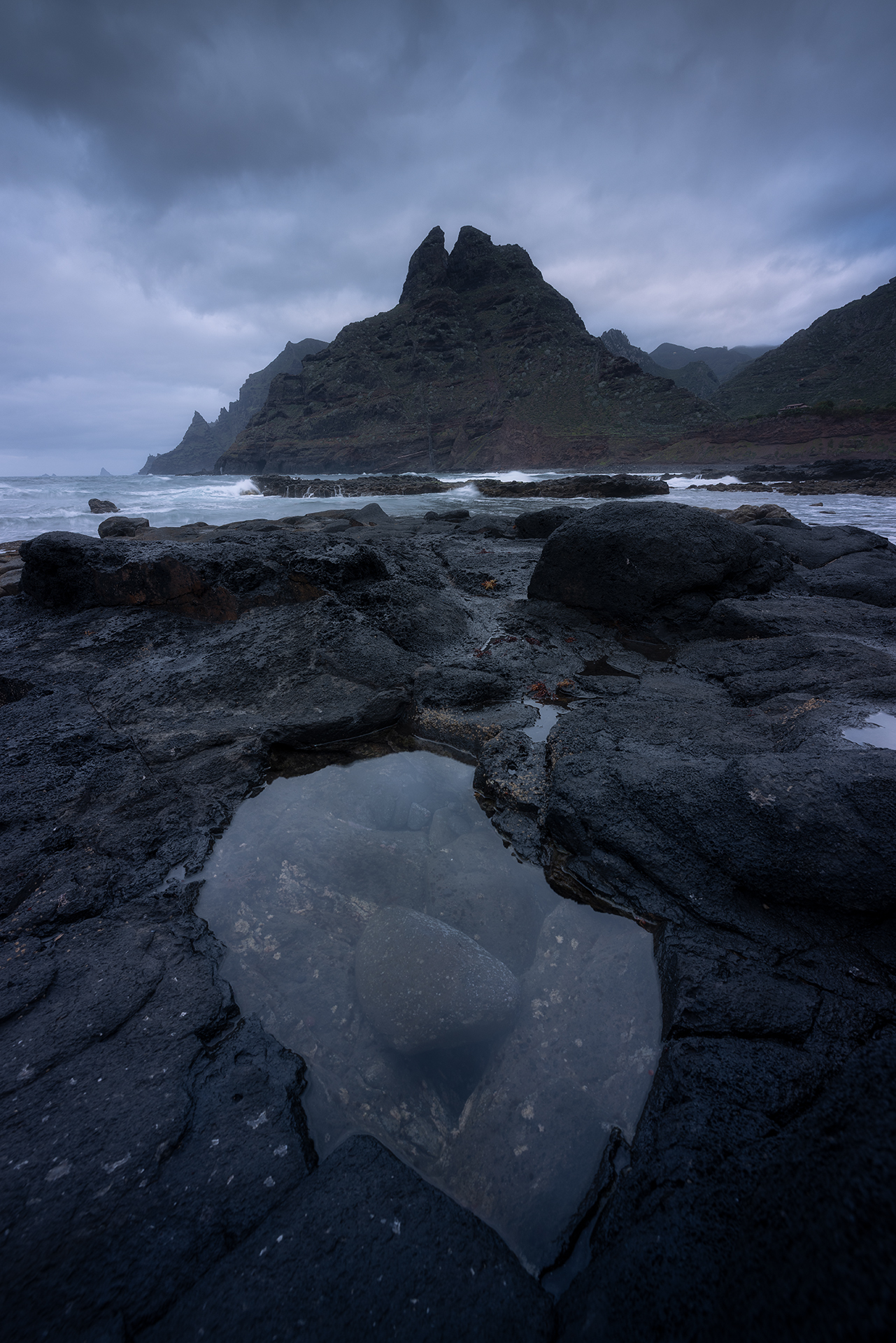
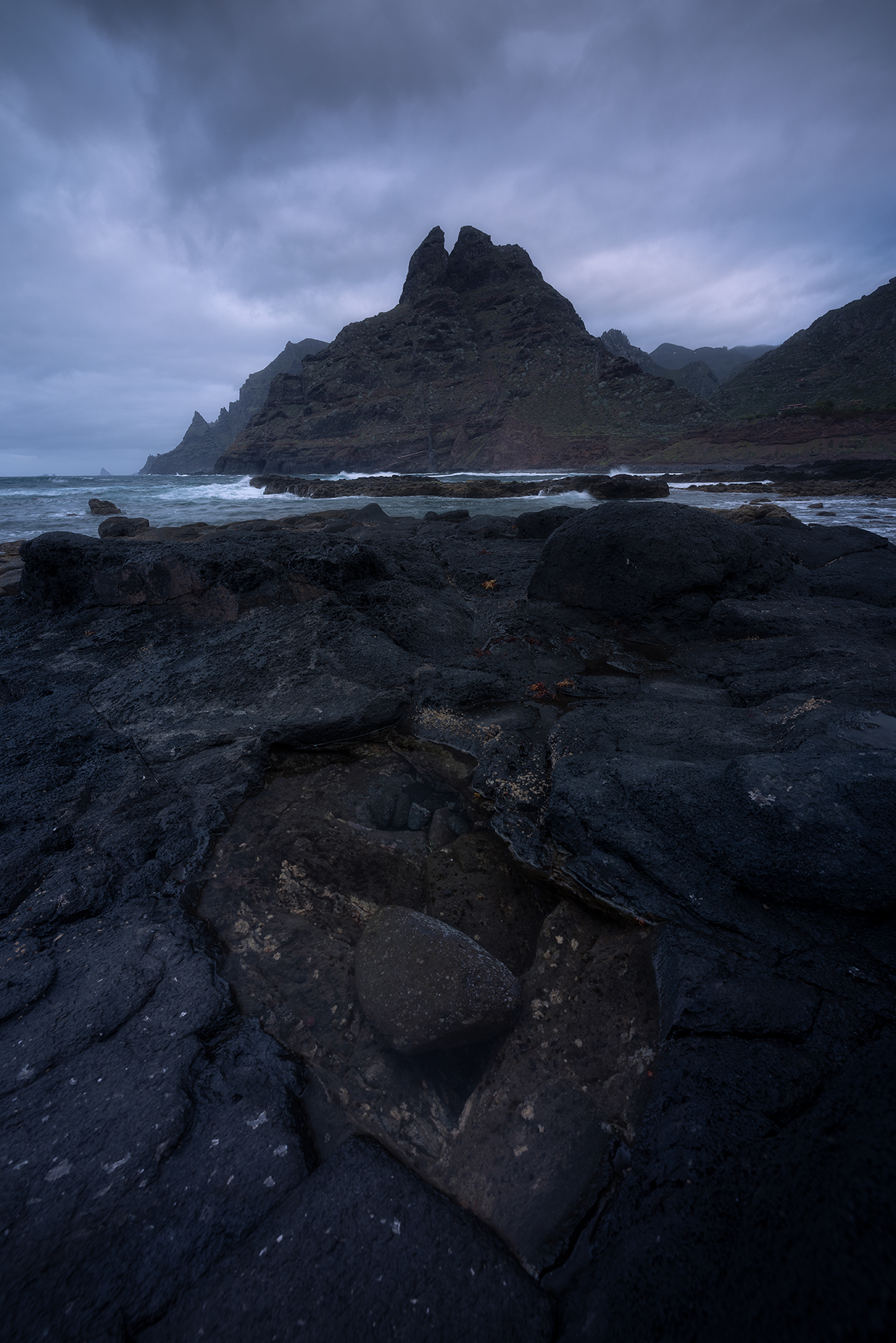
With CPL
Exif: Canon R5 + Canon RF 15-35 f/2.8 @15mm, ISO 100, f/11, 1/3sec
With CPL, Effect Focus Unfavorable
Exif: Canon R5 + Canon RF 15-35 f/2.8 @15mm, ISO 100, f/11, 1/3sec
Conclusion
In the previous examples, some use cases and advantages of the NiSi Landscape CPL were shown. Personally, I find the effect of a polarizer helpful in many situations, and especially when it comes to (intended) removal of reflections, the CPL is hard to replace. As such, it will continue to be a part of my equipment and will be used repeatedly. Last but not least, a small tip: In post-processing of shots with a polarizer, I usually adjust the hue a bit, since the polarizer adds a slight greenish tint, which I balance out by adding a bit more magenta.

